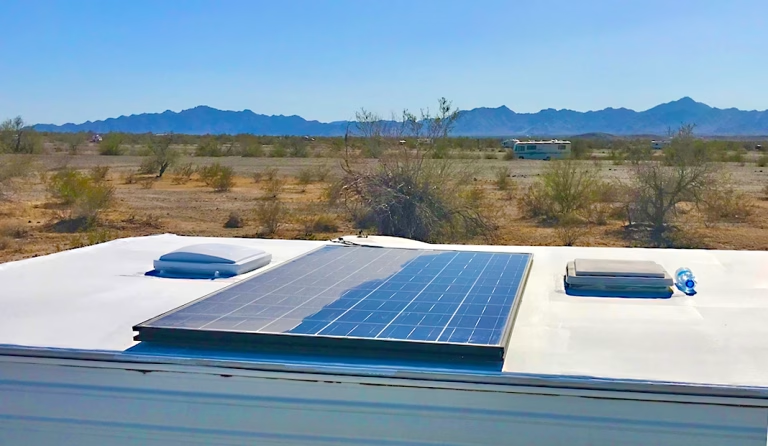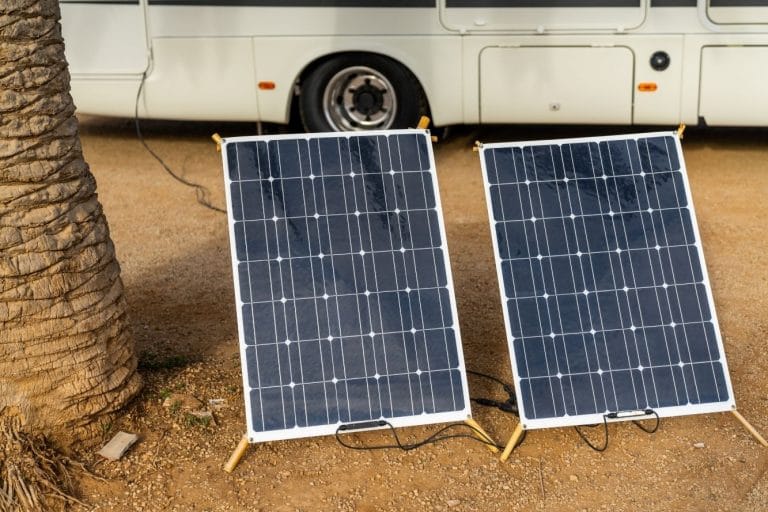How Much Solar Do I Need for My RV? 5 Steps to Know for Sure (Without an RV Solar Calculator)
This post may contain affiliate links.
You’ve decided to outfit your RV with solar for off-grid camping or boondocking, but now you’re shopping for solar panels and wondering “How much solar do I need for my RV?” You want to make sure you have enough power for daily use without spending more than you need to. You may be searching for an RV solar calculator that will let you easily figure out the answer, but in this guide, I’m going to teach you how to calculate your true energy expenditure and know FOR SURE how many solar panels will be sufficient for your needs.
If you’re still in the research phase, be sure to read our in-depth guide to RV solar installation.
Step 1 – List the electrical appliances you use on an average day.
The first step to calculate your RV solar power needs is to sit down and in your head, go through an average day. Think about all the electric-powered things you use, and make a list. A spreadsheet would be a good place to make this list because it will be easy to add up the total and handy to reference later. You’re basically making your own RV solar calculator.
If you plan to use a hybrid system (some portable solar panels as well as your onboard solar setup), don’t include anything you’ll use plugged into a portable power station (for example, a cell phone you charge with a solar device charger), because you’ll be charging that station with its own solar panel, and it won’t deplete your onboard system.
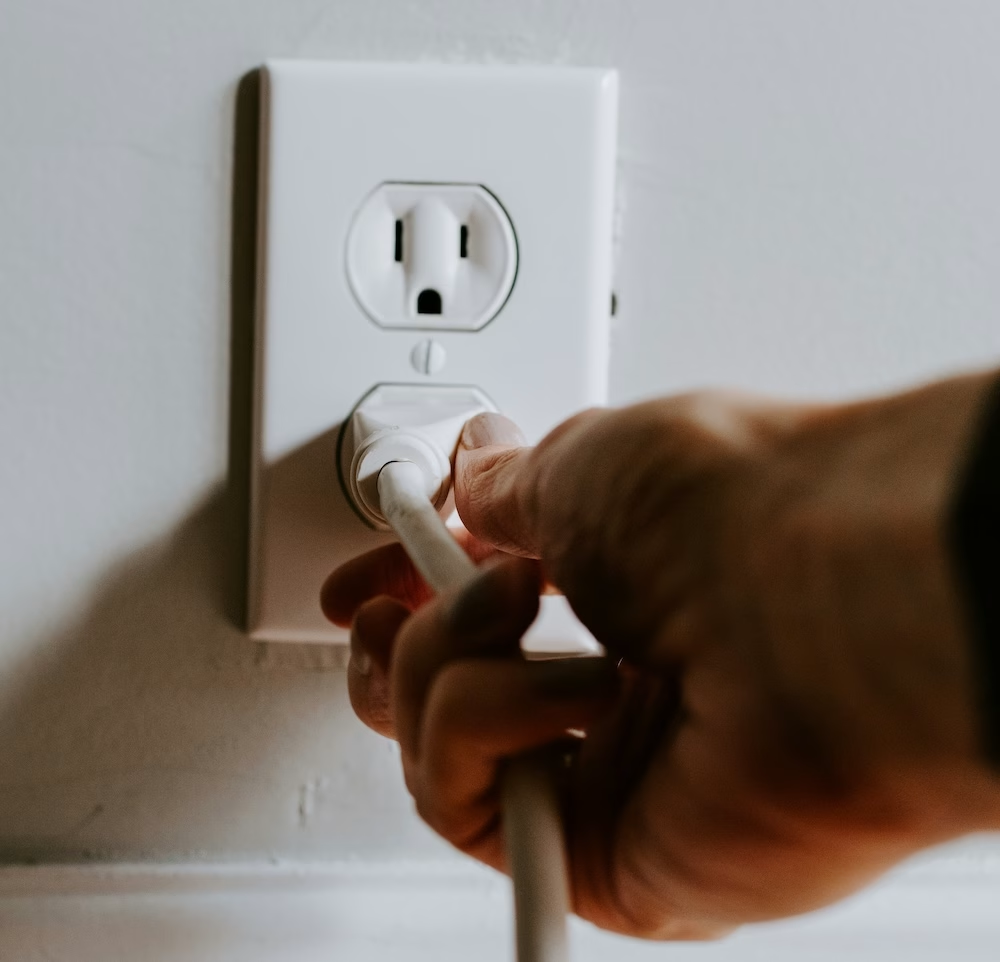
Step 2 – Find out how many watts per hour each appliance uses.
Once you have your list, go to each appliance and look for the tag on it that indicates wattage. That number indicates how many watts it uses per hour.
If you can’t find that tag or label, there are several places online that offer average watt usage for common household appliances, like these on the Jackery website or this energy usage tool. You’ll note that they list both starting and running wattages. This is because most electrical appliances require significantly more power to start up than they do once they get running. You’ll need the running number for this purpose, but keep that chart handy for later, when you’ll need to determine how large an inverter you need.
Step 3 – Calculate how long per day you use each item.
Now that you have the appliances you’ll use and the wattage they need to run, you need to figure out how long you actually run each of those appliances at a time. (Yes, this is a pain in the butt, but you have to do it.)
Keep in mind that you only use most of these items for a fraction of an hour. Say you have an espresso machine rated at 800 watts. That seems like a lot, but you’re only going to be using it for roughly five minutes, right? Well, there are 60 minutes in an hour, and 5 goes into 60 twelve times. So you’re only going to use it for 1/12th or .083 of an hour. 800 watts x .083 hours = 66.4 watts; let’s bump it to 70 watts just to keep figuring easy; we’re also erring on the side of caution.
We’ll also look at the startup draw for this machine, and it’s double what the running wattage is. So let’s just say it takes a minute to start up, or 20% of the entire time. I’m sure there’s some fancy algebra you can use to calculate what it’ll be, but math and I are not friends, so I’m just going to divide the total of 70 watts by 5, which equals that 20% or 14 watts. And I’m going to add another 14 watts to that total, because we already figured for half of it. So the combined start and run time total wattage for the espresso machine is 84 watts.
Rule of thumb: If you don’t know the startup draw from any particular appliance, the safest thing is to double the running draw.
Don’t forget these lights and built-in RV appliances….
Don’t overlook things like your onboard refrigerator and your lights in your calculation. If you use incandescent bulbs for your lights, they draw about 1 amp per hour; whereas LED bulbs—while far more costly up front—draw only about a tenth of that power. So let’s say you have ten onboard lights, and you leave them all on from sundown at 6 pm until you go to bed at 10 pm, 4 hours. To calculate their wattage, use this formula:
Watts = Amps x Volts
For incandescents, it would be 1 amp x 12 volts = 12 watts per bulb. And you have ten bulbs, so that’s 120 watts used to keep them on for four hours. Whereas with LEDs, which use only a tenth of that, total draw would be 1.2 watts for the same time period. In a world like RV boondocking where every watt counts, you can see how the long-term savings would quickly wipe out the larger upfront cost of LED bulbs. TIP: Buy LED bulbs in bulk on Amazon, and you’ll save between 40-80% compared to buying them individually at brick-and-mortar retailers.
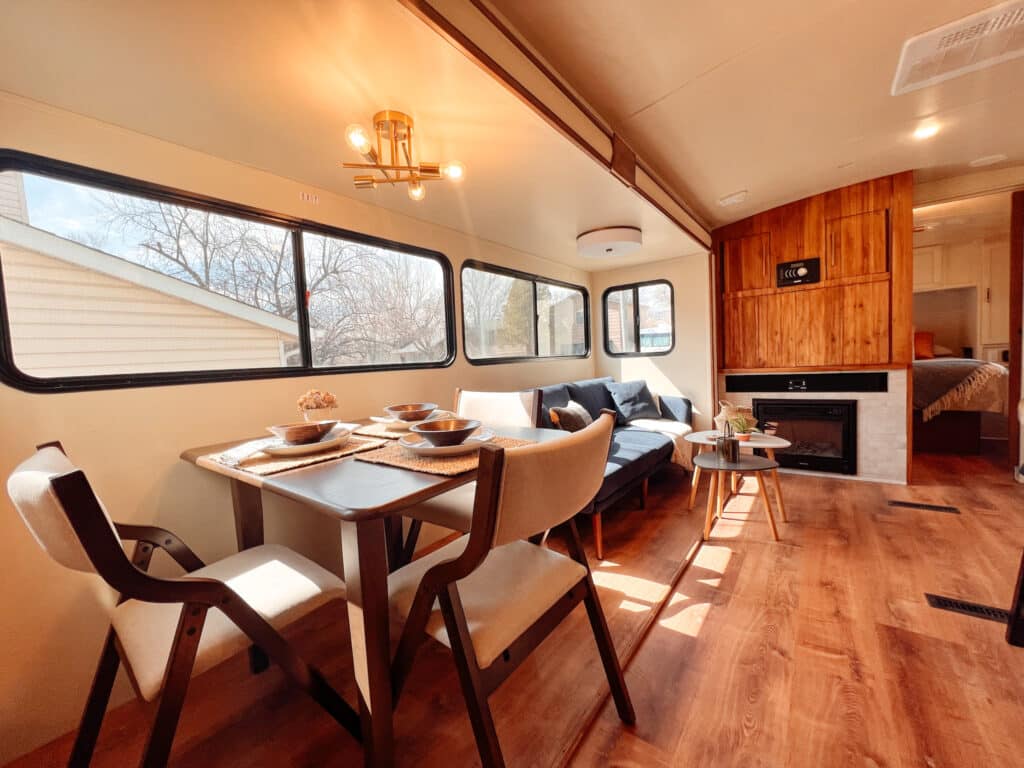
Step 4 – Total it all up.
To figure the rest, just go down your list and do it carefully in this way, trying to imagine yourself going through a whole day to make sure you have everything. Use the above procedure to figure out the total wattage you’ll use on an average day (including startup draws) from the time you get up until you go to sleep. And that total is what your system will need to produce to keep you fully functional on a daily basis.
If you have days where you use more or less (and you will), do this exercise, then add them all together for a week and divide by 7 to get your average daily usage. Then always use the largest number to determine your energy needs.
Step 5: Match Your Solar Panels to Your Energy Needs.
Let’s say you calculate your total energy usage to be 1600 watt-hours per day. You’ll then need to determine how many solar panels you’ll need to give you these 1600 watt hours.
Solar panels are rated by their wattage, but the actual energy they produce depends on sunlight. For example, a 100-watt panel might generate its full rating only under ideal conditions—like high noon on the equator. In most locations, you’ll get a fraction of the panel’s rated capacity. You can use a solar power efficiency tool like this one to help you determine how much energy you can expect to get from your solar panels based on location and time of year.
Let’s say you calculate that each 100 watt panel will offer around 375 watt-hours per day. You can now use these numbers to find out how many solar panels you’ll need to meet your energy needs.
If you divide 1600 (your total energy expenditure per day) by 375 (watt-hours offered per solar panel), you’ll find that your solar panels would need to be rated at least 427 watts to provide all the energy you need in a day. To ensure reliability during overcast weather or shorter winter days, it’s wise to build in extra capacity. You might choose to install solar panels that offer 500 watts in total to ensure enough margin.
By calculating your daily power consumption, you can select the right solar panel system for your RV, ensuring you’re fully prepared without overspending.
Solar Power for RV Air Conditioners: How much solar to run RV AC?
Many RVers specifically want to know about solar power for RV air conditioners, since they’re typically the most power-hungry appliance in any rig. Running an RV air conditioner on solar power requires a substantial setup – you’ll need at least 1,000-1,500 watts of solar panels just for the AC unit alone.
But it’s not just about the panels. To run an air conditioner effectively on solar, you’ll also need a robust battery bank (generally at least 400 amp hours) and a pure sine wave inverter rated for at least 3,000 watts to handle the AC’s startup surge. While this level of solar setup represents a significant investment, many full-time RVers find it worthwhile for the ability to stay cool while boondocking in warm climates.
Can you just tell me how much solar I need for my RV?
If you just can’t bear the thought of doing all these calculations, here are some estimates for you.
A typical 1000-watt microwave running for 15 minutes uses about 250 watt-hours. A small RV air conditioner (11,000 BTU) draws around 1000 watt-hours for each hour of operation. A Splendide washer/dryer combo uses approximately 300-400 watt-hours per load on average. A 32-inch LED TV typically uses about 30-50 watts, meaning 4 hours of evening entertainment would consume around 120-200 watt-hours.
If you want to run your air conditioner for 4 hours, use your microwave for 30 minutes total, do one load of laundry, and watch TV for 4 hours, you’re looking at about 4,750 watt-hours of energy for just these activities. Using our earlier calculation method, this would require around 1,300 watts of solar panels (typically 13 panels at 100 watts each) under ideal conditions.
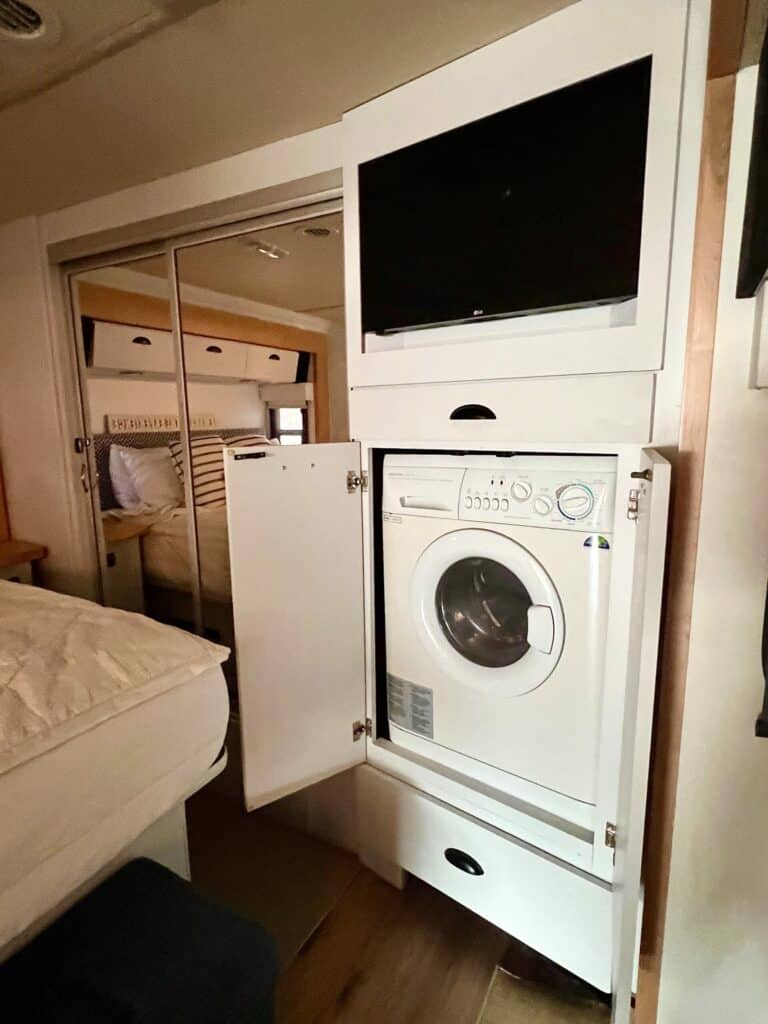
If you’re a full-time RVer and you want to be able to run your air conditioning and do laundry in your camper, you might want to opt for solar panel systems in the 1,500-2,000 watt range, combined with a robust battery bank to store all that energy for cloudy days and nighttime use.
If you’re spending the weekend at the lake or camping in a scenic location in a temperate climate, you might be doing laundry, watching TV, running the AC, and using the microwave. Most likely you’ll be spending a lot of time outdoors and using propane to cook. The average person running a phone, laptop computer, coffeemaker and watching TV on a tablet device can get along just fine on 400 watts a day. I know this from experience, as well as hearing it from others.
You can use these general guidelines to estimate how much solar you need for your RV, but do so at your own risk: There’s nothing worse than getting your system all set up, only to realize you forgot to make allowances for something important because you just didn’t want to take the time to plan well.
This kind of neglect would go under my road mantra: Don’t be stupid. Seriously, you’ll only have to do this once or twice in your life on the road, so don’t shoot yourself in the foot by being lazy. Do the math, even if it takes you some time. Don’t rely on an RV solar calculator you found online. It won’t hurt you to flex that brain a bit, and you’ll be glad you did when you understand for yourself how much solar power you actually need.




